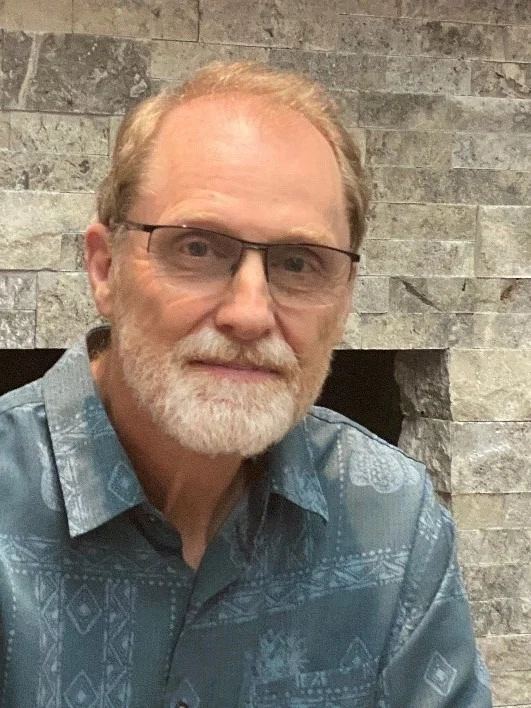5 Steps to Developing Your Leadership Potential
-5-steps-to-developing-your-leadership-potential-400.jpg)
 Leadership development is defined by Wikipedia as “any activity that enhances the quality of leadership within an individual or organization.” As one might expect from this definition, what constitutes leadership development is highly dependent upon the definition of leadership.
Leadership development is defined by Wikipedia as “any activity that enhances the quality of leadership within an individual or organization.” As one might expect from this definition, what constitutes leadership development is highly dependent upon the definition of leadership.
We define leadership as follows:
Leadership occurs when one person determines, undertakes, and sustains a favorable and/or productive direction and others follow. It’s not the nature of the direction that determines leadership; it’s the presence of a direction and the existence of a reciprocal relationship between leader and follower.
From this perspective the two primary things that one must develop in order to become a leader are the ability to “determine, undertake, and sustain” a direction and the ability to attract and hold followers. That these are the two main factors in leadership development is nothing new. What is new is our belief that the way one perceives the world determines a great deal of how and in what types of directions one chooses to lead, and how one attracts and holds followers.
While most leadership development focuses on the most obvious and popular definitions and descriptions of leadership characteristics, the Leadership Strength Profile (LSP) takes a different approach. Perceptual Style Theory (PST) describes six distinctly different LSPs that arise from the six Perceptual Styles (PS) of PST. Just as each PS supports a broad but finite range of natural skill potentials, each LSP supports a set of natural leadership skill potentials that “belongs” to it.
Developing leadership skills is a process that at the macro level is the same for any of the six leadership profiles described by PST. But while the process is the same, the specific content – what skills and behaviors are to be developed – changes depending on the LSP being developed. In addition, the type of activities used to develop the skills chosen with each person must be customized based on their specific circumstances. This is true even for people who share the same LSP and who need to develop the same skill. This is because no two people will be in the same place in terms of their development nor will their life circumstances be identical.
PST states that everyone has the innate potential to lead, but obviously not everyone undertakes the efforts necessary to turn potential into behavioral skills. While each LSP describes a distinctly different type of leadership that varies in approach, values, focus, communication, strengths, and blind spots, each represents an expansion of an individual’s skill that has gone beyond the scope of personal development.
To be a leader requires that an individual step beyond an understanding of themselves and a claiming of their own natural skill base. Development beyond the individual level is what leadership development is about. As such people who aspire to leadership or who represent themselves to others as leaders are held to a “higher standard” than those who do not seek leadership. For this reason, the five skills that all highly effective leaders must develop require more from an individual than other types of personal development. An effective leader must not only understand themselves, but must understand others as well. They must know the skills and blind spots of others, not just their own, and they must be able to adjust and accommodate their behavior to the multitude of differences between themselves and their followers while not losing the distinct LSP that makes them effective.
In PST leadership development is driven by these five universal leadership skills. Each builds upon those that come before it, and an individual’s skill as a leader increases as each is developed.
It is these five skills that drive leadership development:
-
Leaders build on their natural strengths.
-
They are aware of their limitations, and seek input from people with perspectives different from their own.
-
They are aware that any group of followers contains people who see the world differently than they do, and they find ways to communicate effectively to each of them.
-
They recognize the talents of others, and seek to build teams based on complementary skill sets and perspectives.
-
They learn to accept/own their natural limitations and develop techniques to mitigate them.
Each of these skills and how to apply them will be discussed individually in a series of five articles.
Please share your thoughts on this topic in the comment section below.
Find out more about the services we have available to help you find the success you want and deserve!
© Vega Behavioral Consulting, Ltd., All Rights Reserved
About Dr. Gary M. Jordan, Ph.D.
Gary Jordan, Ph.D., has over 35 years of experience in clinical psychology, behavioral assessment, individual development, and coaching. He earned his doctorate in Clinical Psychology from the California School of Professional Psychology – Berkeley. He is co-creator of Perceptual Style Theory, a revolutionary psychological assessment system that teaches people how to unleash their deepest potentials for success. He’s a partner at Vega Behavioral Consulting, Ltd., a consulting firm that specializes in helping people discover their true skills and talents.
Additional information about Dr. Jordan